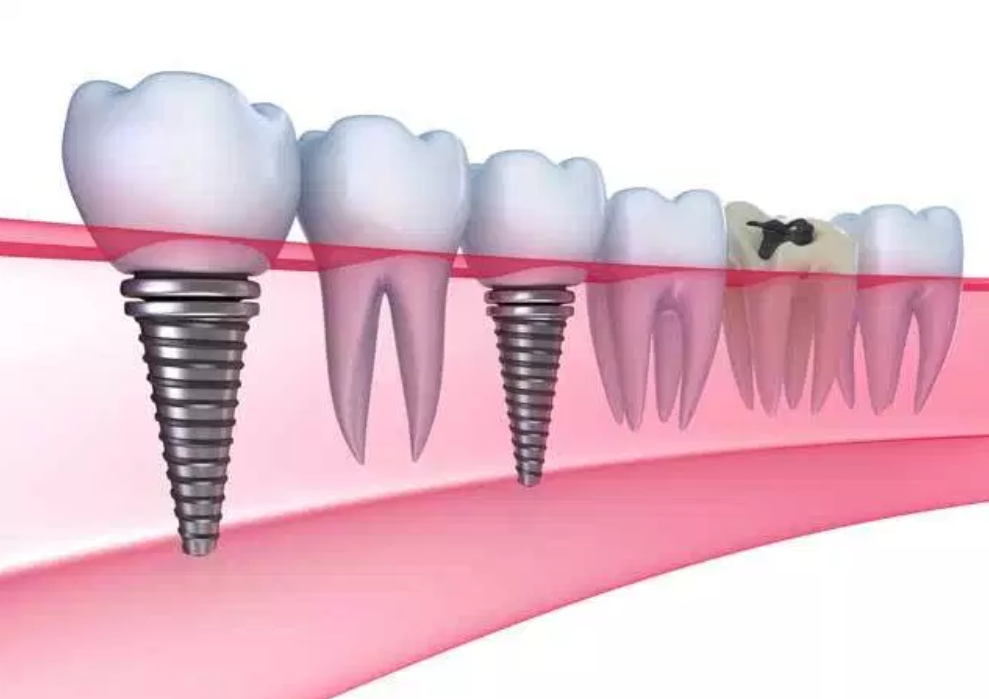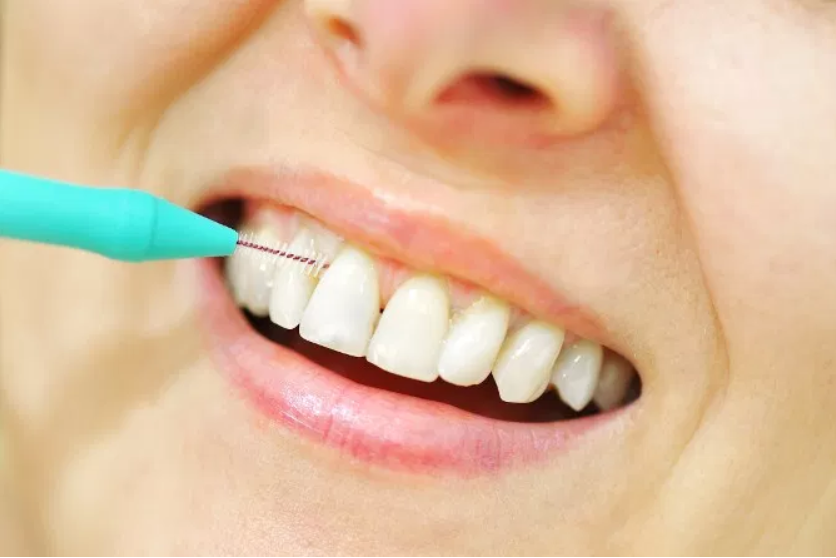A tiny titanium post is surgically inserted into the jawbone beneath the gum line. This metal post acts similar to the natural tooth root and provides phenomenal stability once healing and osseointegration take place. Osseointegration refers to the post becoming one with the surrounding bone and gum tissues in the jaw, which can take a few months to complete. Next, an abutment is placed on top of the dental implant screw and the artificial tooth or crown is then attached to the dental implant. Enjoy the flexibility of enjoying your favourite foods and beverages once healing is complete. Your dentist will provide a thorough list of pre and post care instructions to help you maximize your outcome.

Bone Graft
Certain individuals may need to undergo prerequisite surgery prior to receiving their dental implants. If the bone within the jaw is too thin or deemed unable to support a dental implant, bone graft surgery may be required. This procedure helps to build up the bone to ensure that a dental implant will successfully be able to be surgically inserted. In other instances, a sinus lift may be required if there is not adequate bone in the upper jaw bone or in the case of having the sinuses being situated too close to the jaw.
Considerations For Dental Implant Therapy
Having healthy gums and enough bone in the jaw to anchor the implants is essential. Your dentist will take the appropriate measurements and X-Rays to determine if you have enough bone tissue. It is essential for clients to maintain their regular dental checkups afterwards to ensure they are maintaining essential oral hygiene. Once healing is complete, clients can resume brushing and flossing as per usual. Visiting the dentist at least twice a year is important for maintaining your new smile.
Full Arches and Dental Implant Bridges
Single dental implants are common for replacing one missing tooth. However, may clients may decide to undergo All-On-4 arch replacement. This type of dental implant therapy relies on 4 insertion points along the upper jaw and 4 along the lower jaw to secure the teeth.




